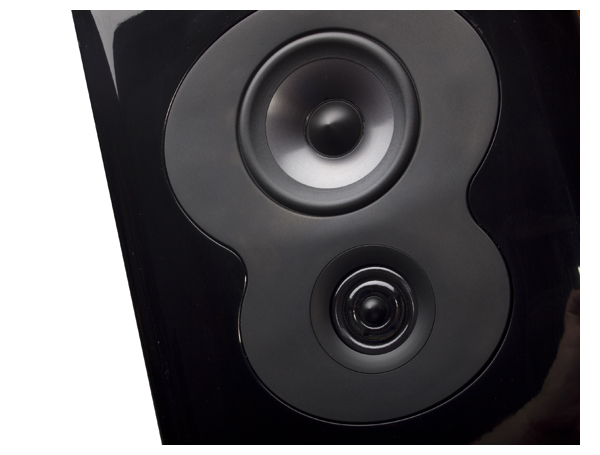 “I’m a stat guy at heart. I wanted that midrange openness and neutrality,” remarks Mark Suskind, Polk Audio’s VP of Product Line Management, as we listen to the nuances in Ginger Baker’s drumming through Polk’s latest creation, the LSiM707 speakers.
“I’m a stat guy at heart. I wanted that midrange openness and neutrality,” remarks Mark Suskind, Polk Audio’s VP of Product Line Management, as we listen to the nuances in Ginger Baker’s drumming through Polk’s latest creation, the LSiM707 speakers.
Incredibly, the $3,999 pair of floorstanders is right at home in a six-figure reference system, throwing out a wide soundstage that both extends well beyond the speaker boundaries and claims three-dimensionality—each member of Cream takes up a distinct space in the listening room—that paints a vivid picture of a seemingly in-progress live event. Wait: Polk Audio and a six-figure reference system? What gives? Is this a Fringe episode where in an alternate universe Polk Audio rules the world of high-end speakers and Walter Bishop blasts Cream in his laboratory while he investigates the unknown? Nope. Just another instance of TONEAudio exploring exciting possibilities.
In the early 70s, Polk Audio grabbed the audiophile world’s attention with its legendary SDA-SRS speaker system and has since counted a number of significant milestones. The LSiM707 brings the history full circle by leaning on nearly 40 years of speaker-production knowledge. Yes, these are handsome speakers, available in a Mount Vernon Cherry medium wood finish or Midnight Mahogany a black ash wood finish. Slim, magnetic grilles keep fingers, noses, and prying guests away from the drivers, or you can use the speakers bare and showcase the gorgeous gloss-black front panel.
A Serious Audiophile Speaker in Every Way
When introduced in 2001, the LSi series garnered rave international reviews, proving Polk a solid contender in the audiophile speaker market. And you won’t find a more loyal group of speaker owners; take a cursory look at the Polk Audio Owners Group on the Web.
The LSiM707 constitutes a four-way system with many new features, some of which break new ground and some that refine past processes. A cutaway view highlights the attention paid to every facet of the design—from the Dynamic Sonic Engine that incorporates Polk’s latest ring radiator tweeter and Extended Motion midrange driver to the meticulously assembled crossover network, featuring premium capacitors and inductors. And, there are a few things the naked eye cannot see, such as the aerated polypropylene woofer cones and rigid internal cabinet bracing. For in-depth tech explanations of these aspects, visit the Polk Web site at http://www.polkaudio.com/homeaudio/lsim/index.php.
To ensure the speakers would perform at the top level, Polk made substantial upgrades to its in-house listening room. Visiting the company’s Baltimore office reveals a full complement of Audio Research Reference electronics—amplifier, preamplifier, CD player. No surprise, then, that the LSiM707 yields excellent results when plugged into my ARC REF 5 preamplifier and REF 150 power amplifier.
Placing the speakers five feet from the rear wall, with the tweeters nine feet apart— combined with five degrees of toe-in and a slight rearward rake—proves optimum in my room. The LSiM707s sound good without critical placement, but taking the time to make adjustments to rake angle results in superior imaging. Sure, the process requires a few minutes per speaker, but it’s made even easier with the iLevel Pro app for the iPhone. Or you can go old-school with a traditional level. Just have both speakers raked back at the identical amount and use the supplied wrench.
I utilized three distinctly diverse systems to audition the LSiM707s. The ARC REF gear and dCS Paganini CD player highlight how the speakers perform in very high-end systems. My recently rebuilt (fresh power supplies and full CJD Teflon cap upgrades for both units) Conrad Johnson MV-50 amplifier and PV-12 preamplifier, along with a BelCanto CD player, makes for a great setup that won’t break the piggy bank yet still renders highly satisfying performances. For budget-conscious music lovers that might make the LSiM707s a foundation on which to build, a vintage Pioneer SX-434 receiver and 563 universal disc player only add $200 to the cost of the Polk speakers.
I’ll Take Polk Audio For $4000, Please
The LSiM707s’ slight out-of-the-box stiffness vanishes after about 50 hours of playing time, unveiling speakers much more sophisticated than what’s intimated by their price. A few snooty local audiophile associates experienced the LSiM707s (albeit with the Polk logos hidden from view) in my full ARC system. When asked to guess the cost of the mystery component, they estimated between $10-$20k, a conclusion spurred on by my spinning of well-known audiophile favorites. After the guinea pigs became convinced they were listening to $20k speakers, I finally dropped the bomb by informing them the Polks fetch $3,995 for the pair. Consider the so-called experts successfully duped.
While listening to a $20k pair of speakers reveals the areas in which the LSiM707s fall short, this review isn’t meant as a shootout. Big bucks gear possesses extra resolution and refinement—and that’s how it should be. Comparing the LSiM707s to speaker favorites in the $4,000-$5,500 bracket is more useful and interesting.
The $4k Penaudio Cenya and the $5k B&W 805D both present more upper-range resolution, but only solidly go down to 50Hz. Also, each requires a pair of expensive stands to achieve maximum bass performance. Meanwhile, the $5,500 Magnepan 3.7s color a more grandiose aural picture but don’t really rock. Plus, to be all they can be, they necessitate a $10k high-current, solid-state power amplifier.
 A Serious Music Lover’s Speaker
A Serious Music Lover’s Speaker
The 50 watts per channel that the CJ amp provides is great for most listening, but the configuration particularly excels at vocals and mellower music, as illustrated by Mobile Fidelity’s 24K CD of Tom Petty’s Full Moon Fever. The album’s multiple layers stay intact, with not only the woodblock in “Face in a Crowd” anchored in space but its timbre and scale sounding exactly right. They seem minor, yet these minute details allow you to forget about the system and concentrate on the music. Gram Parsons’ Grievous Angel and CSN’s Déjà vu supply similar experiences. The LSiM707s unfailingly render subtle shadings without missing the larger dynamic swings.
Swapping the CJ gear for the C500 preamplifier and the 450Wpc MC452 power amplifier, I effortlessly buried the big, blue power meters courtesy of albums from Van Halen, Slayer, and Nine Inch Nails. Todd Martens’ column (on page 88) inspired a maximum-volume romp through The Downward Spiral that left me invigorated and convinced that the LSi707s play at high levels without instilling listener fatigue.
Jazz and classical listeners should be equally enthralled with the Polks. It’s one trick to play really loud, but these speakers possess the necessary finesse to capture the essence of acoustic instruments. With a recent listening session to the mastering of Music Matters’ analog edition of Herbie Hancock’s Empyrean Isles burned in my memory, I eagerly played a test pressing of the LP via the LSiM707s. They did not disappoint. Hancock’s piano and Freddie Hubbard’s coronet blast from between the speakers with great dynamics and zero overhang. Cymbals are natural, and bass is pregnant with texture—no one-note bass here.
Man Up and Grab a Pair
The LSiM707s’ greatest virtue owes to their overall performance level; they have no shortcomings. Honestly. The speakers offer major bass grunt—Polk claims 22Hz-40kHz, with a -3db point at 42Hz. However, when listening to test tones, the 30Hz band remains very solid. Moreover, the smooth high-end is grain-free and the mid-band extremely natural. The well-designed crossover network also provides a top-to-bottom coherence that’s rare at this price.
It would be easy to say that these speakers’ only errors are those of omission, but such a statement sells them short. When used with the ARC REF gear, the LSiM707s easily resolved the differences between the $12k dCS Debussy, $30k TAD 600, and $55k dCS Paganini. Most sub-$10k speakers fail this challenge.
Most importantly, for music lovers on a budget, the LSiM707s still deliver a very musical performance when paired with a garage-sale receiver. No matter with what they’re mated, they put forward such substantial resolution that it will feel as if you acquire a whole new system any time you upgrade your amplification and/or source components. This experience translates to unending fun—and a TONEAudio Exceptional Value Award.
Revealingly, on our way to the airport, Suskind commented that Polk “wants the LSiM707 to be a gateway to the high end on a reasonable budget.” The company accomplished this feat—and much, much more.




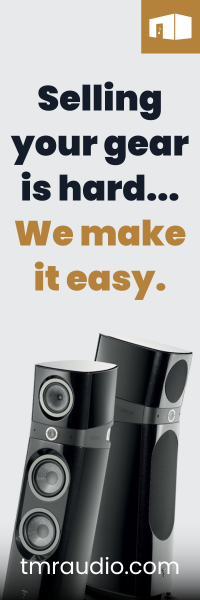
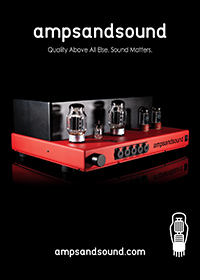


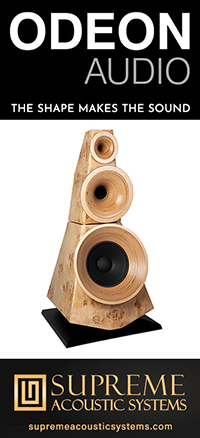
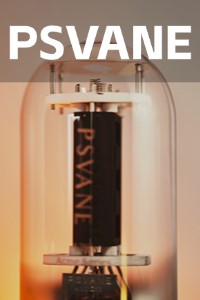
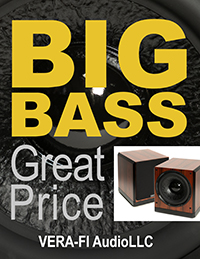
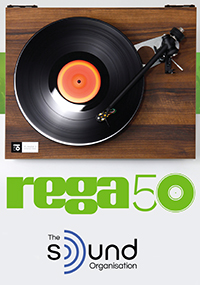

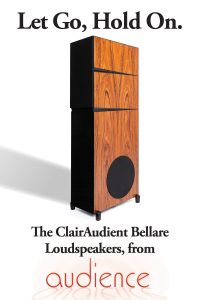

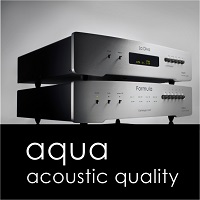

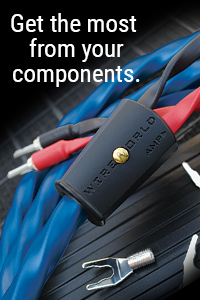

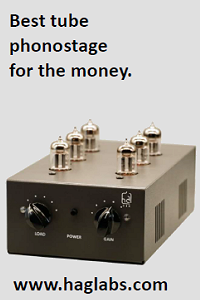
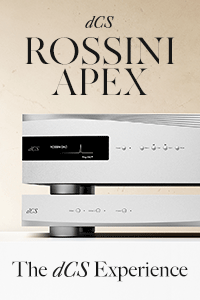
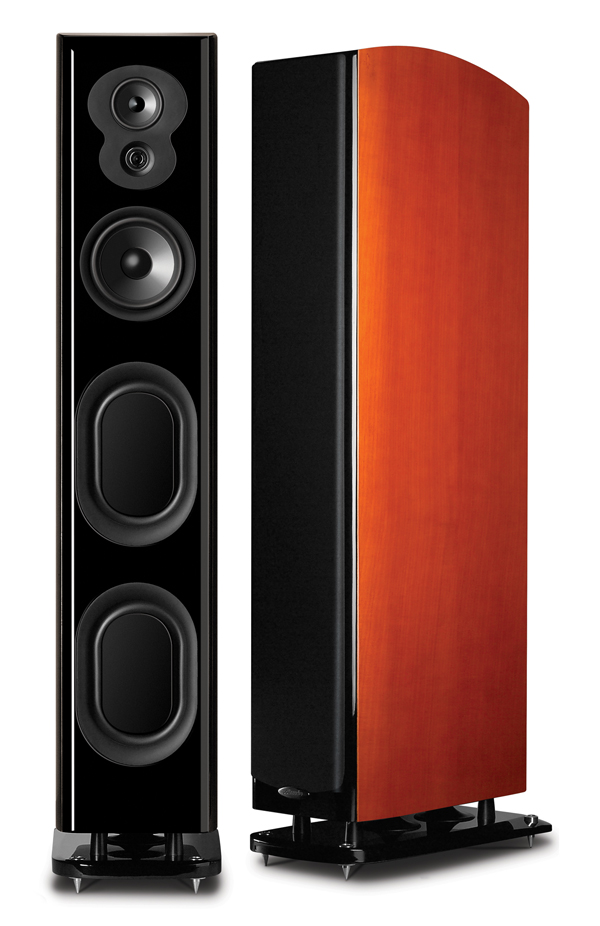
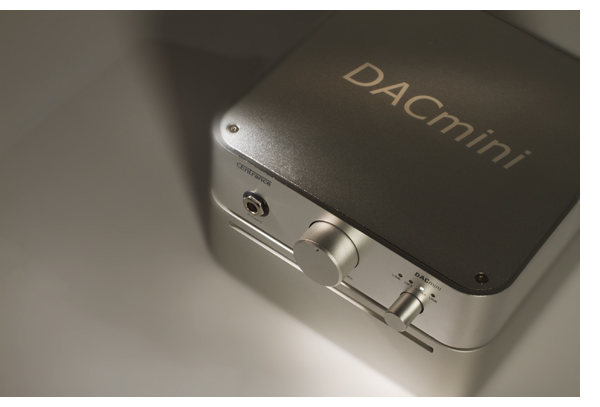
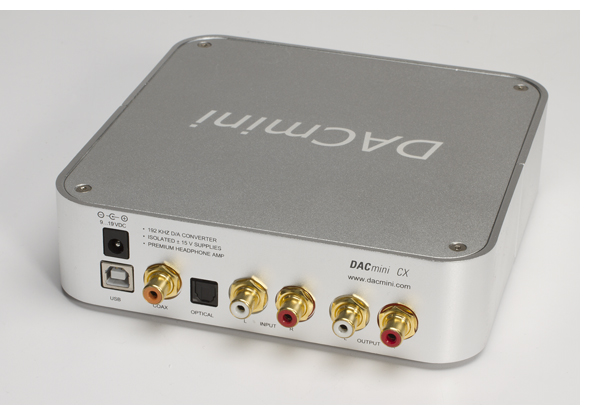
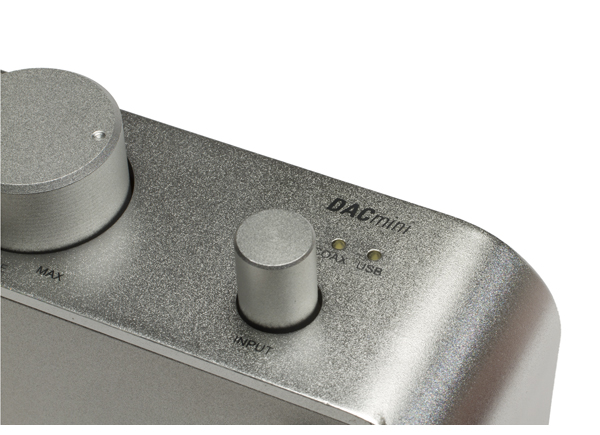
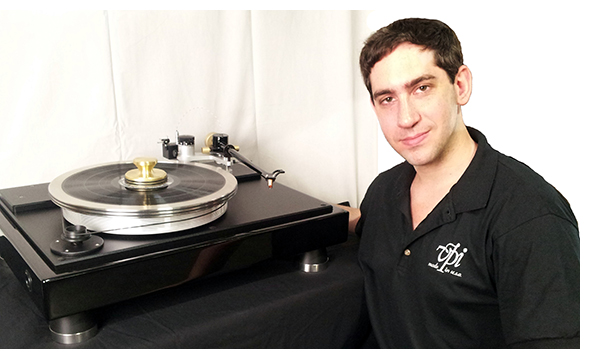
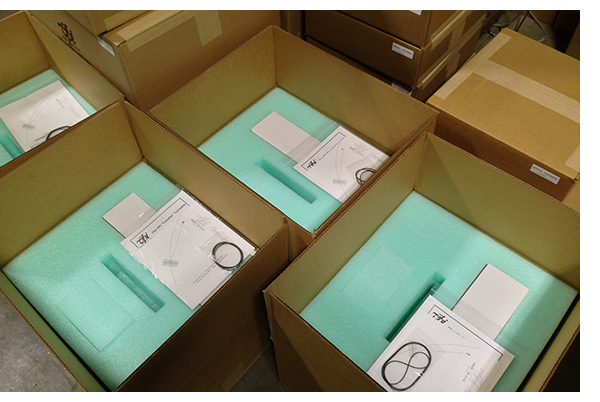

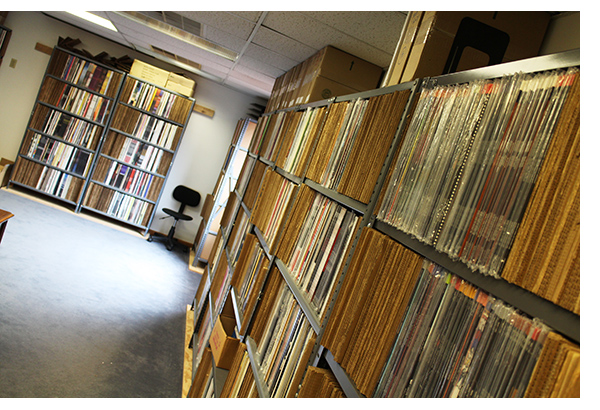
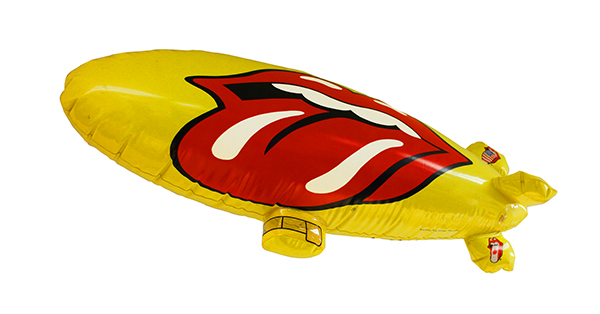
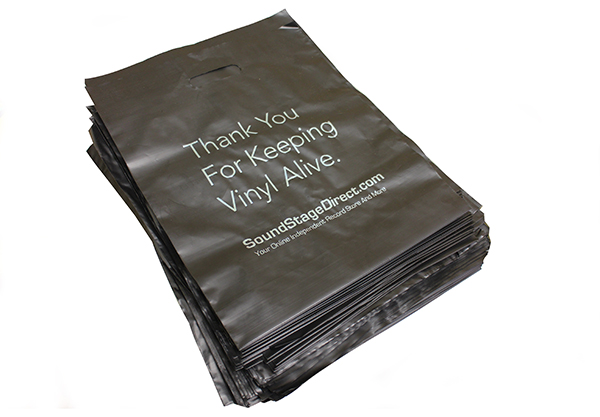


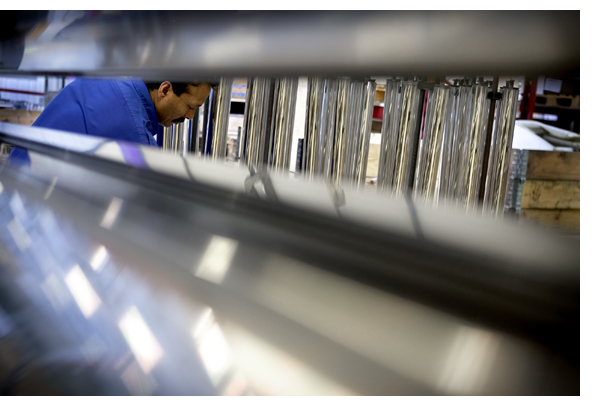
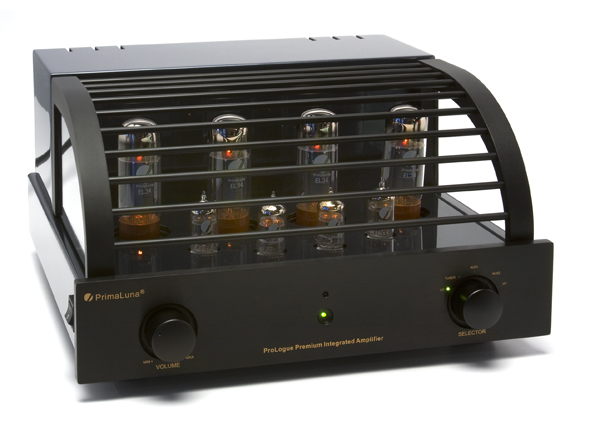
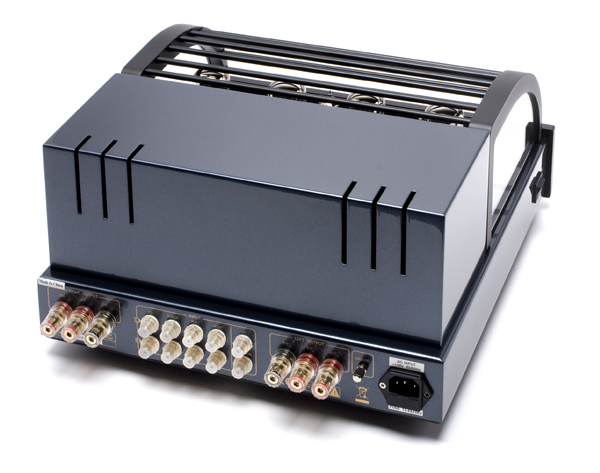

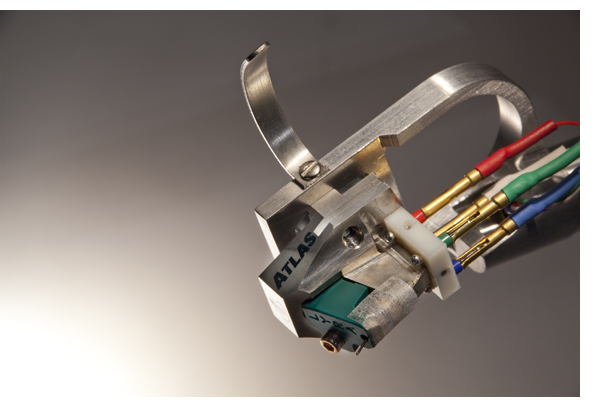
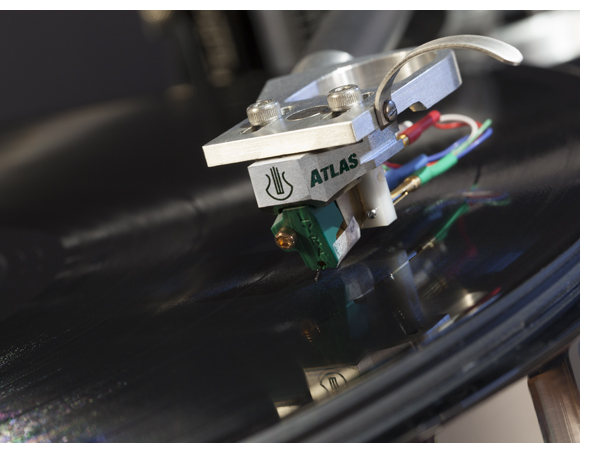
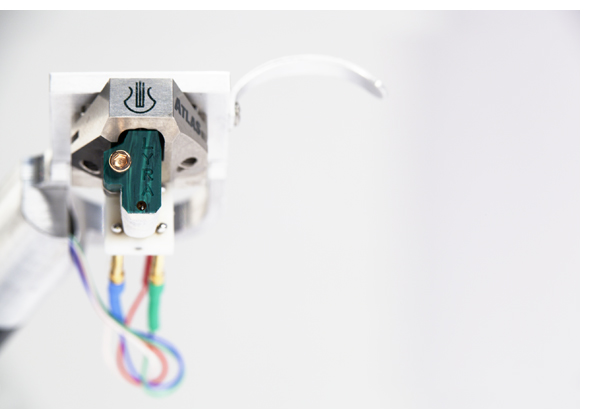
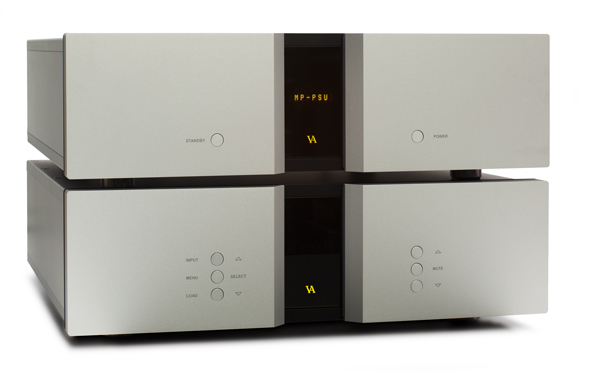
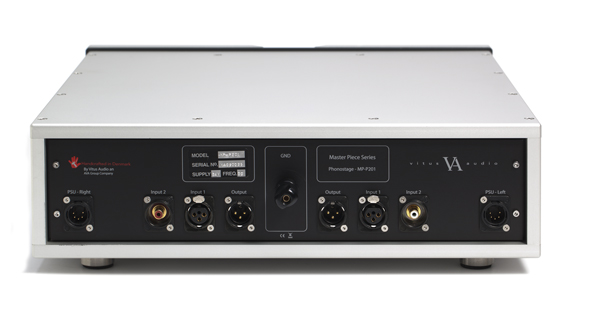
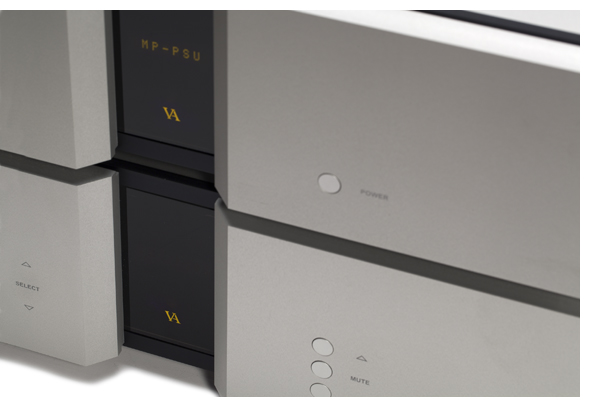
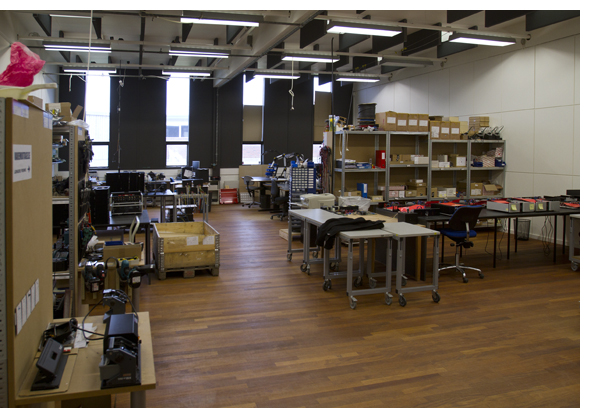
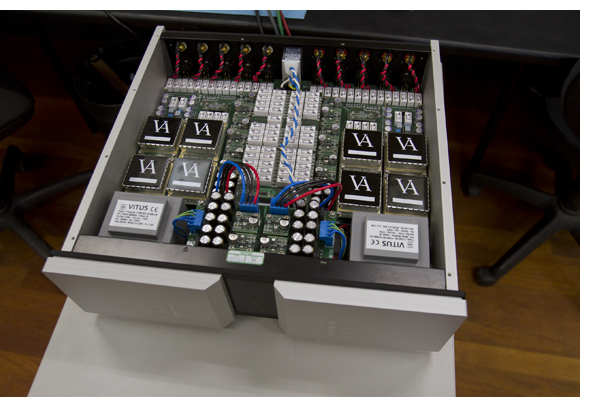
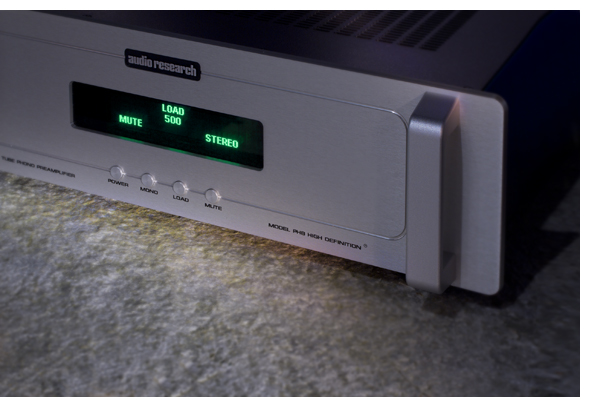
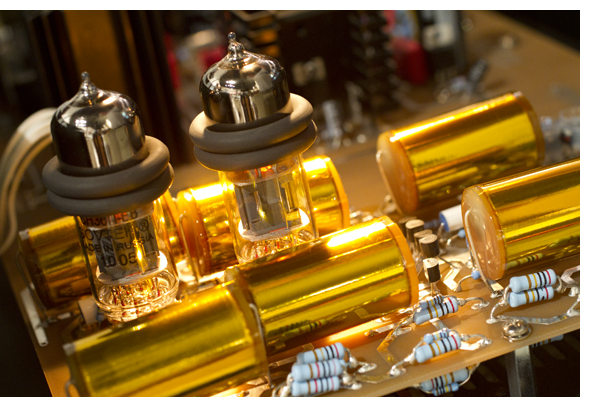
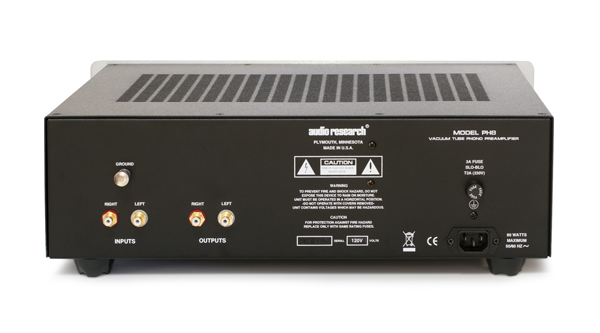

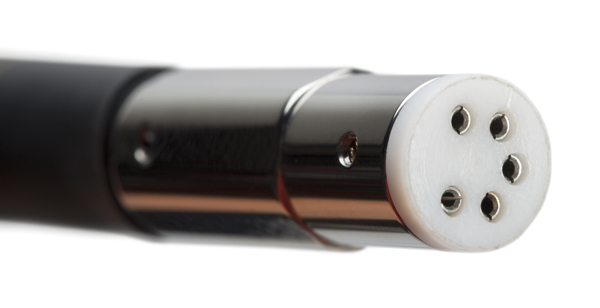
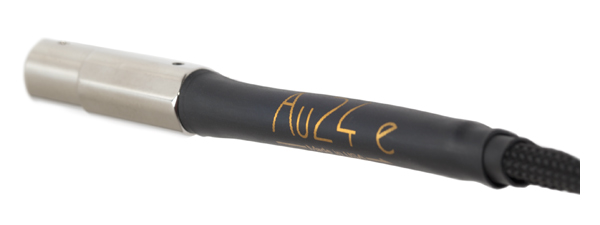
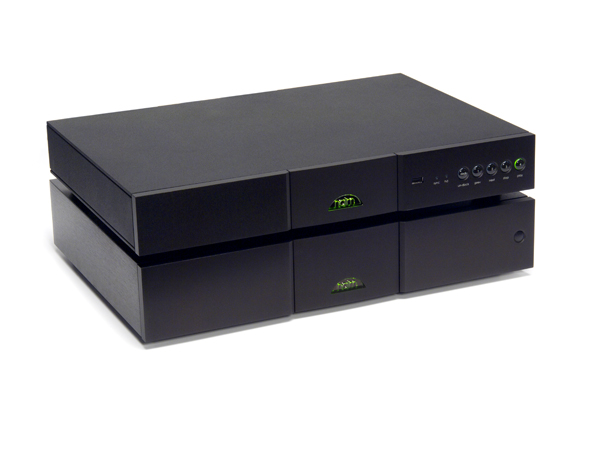
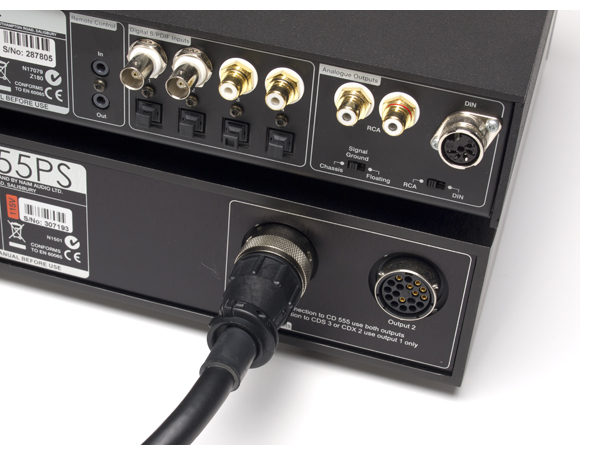
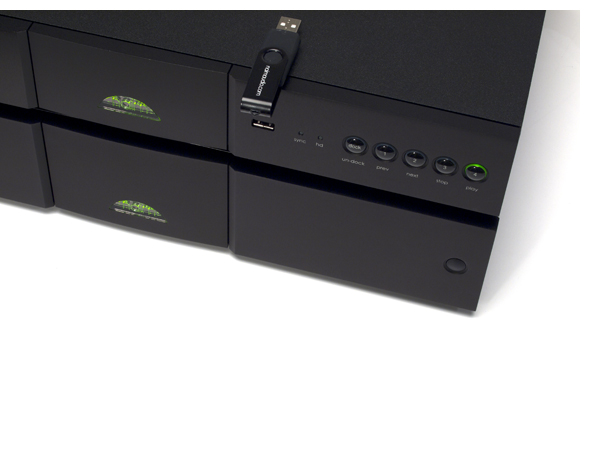
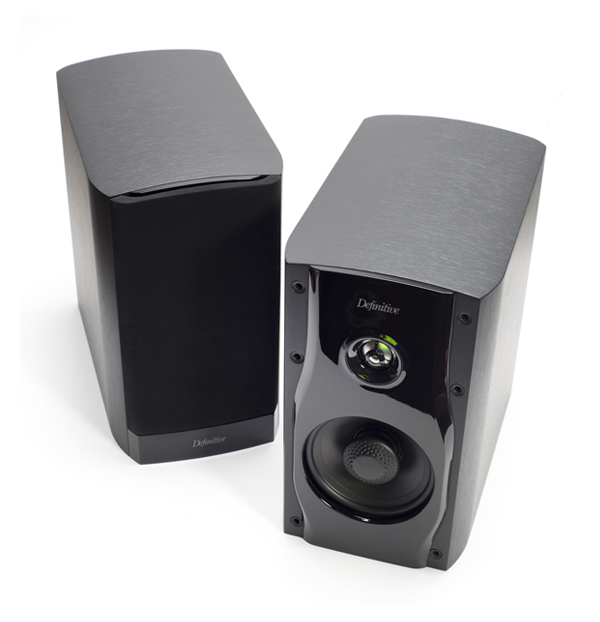
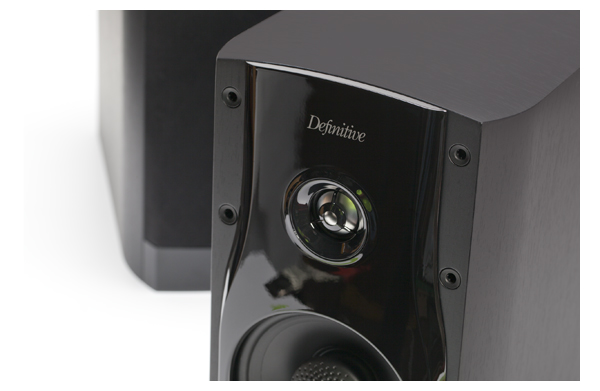
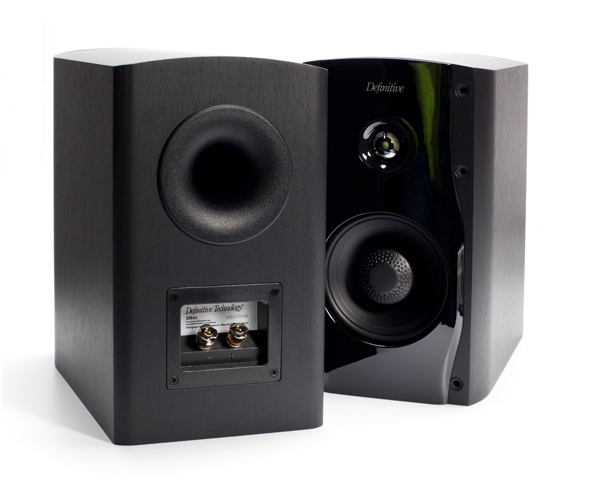
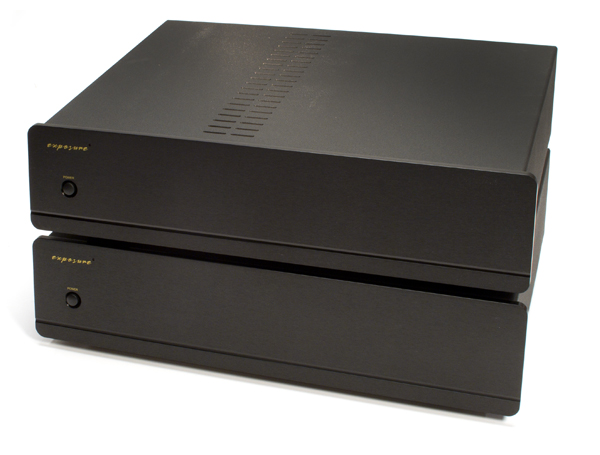
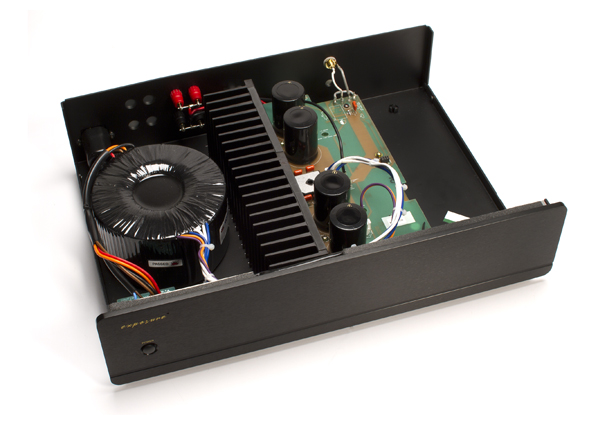
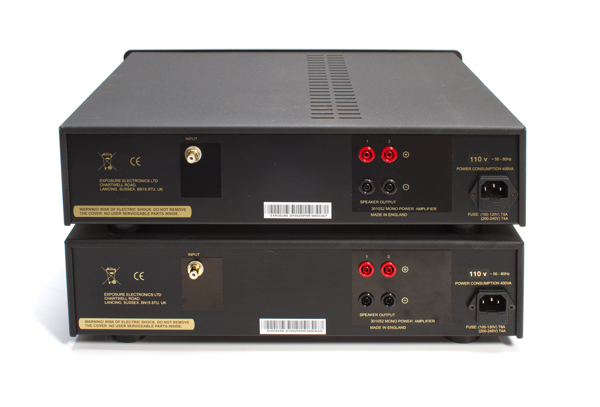
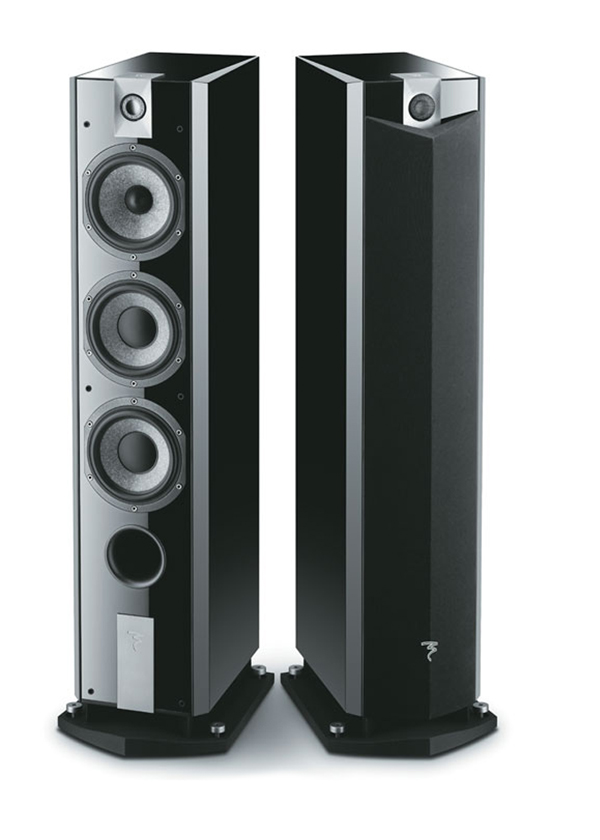
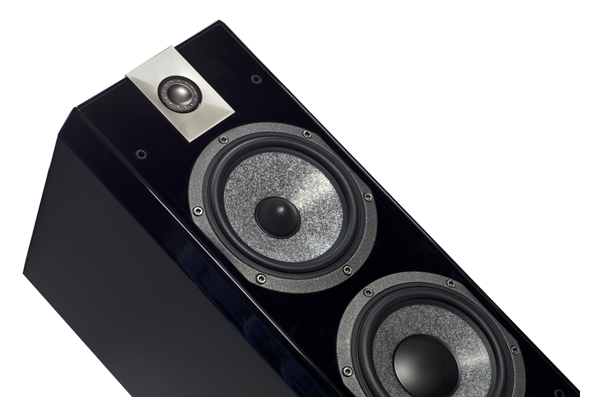
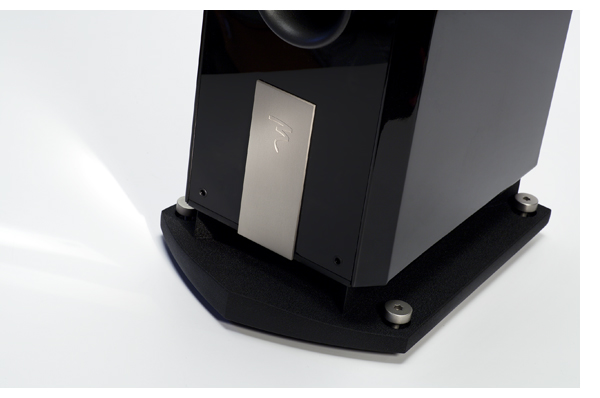
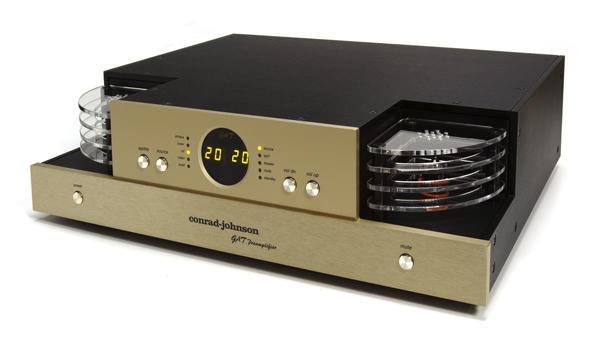
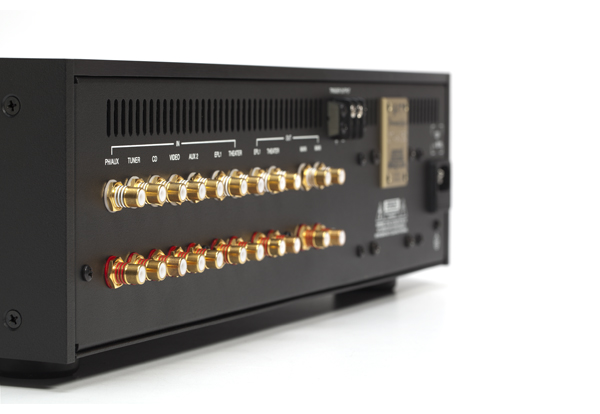
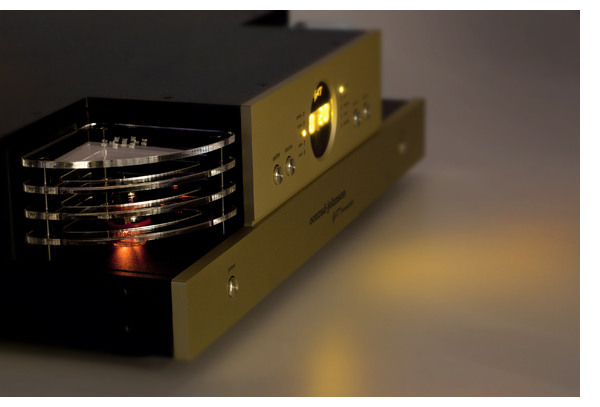
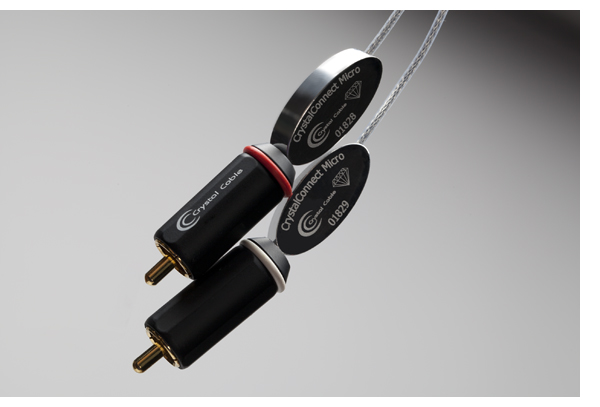
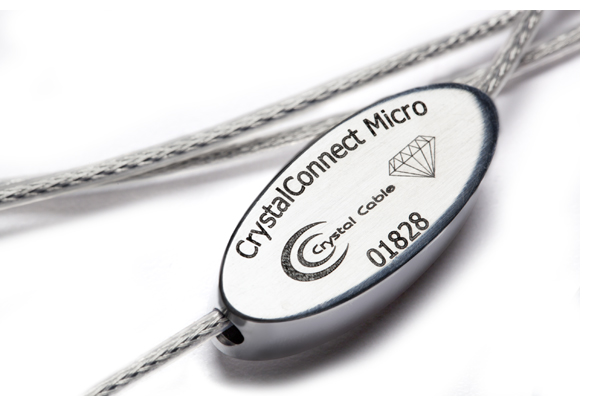
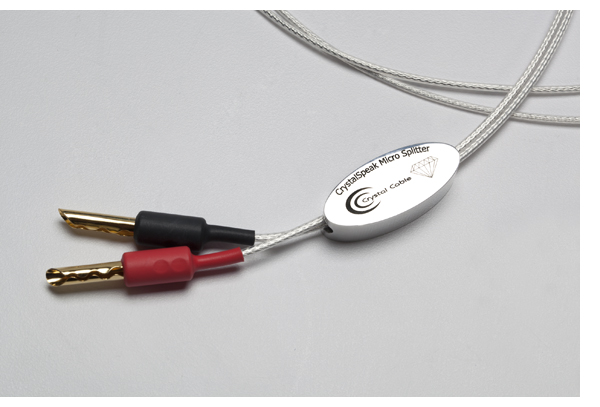
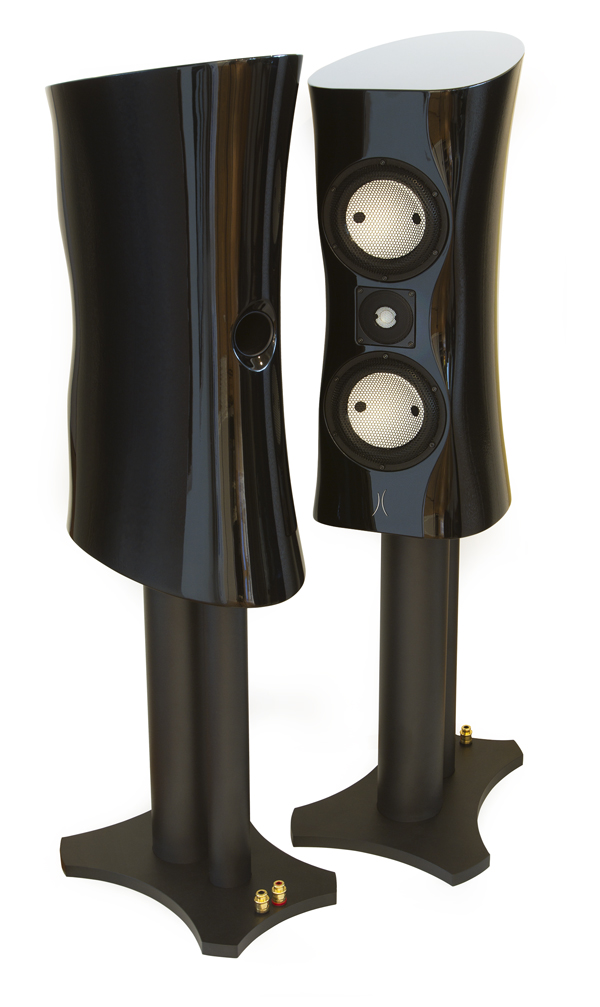
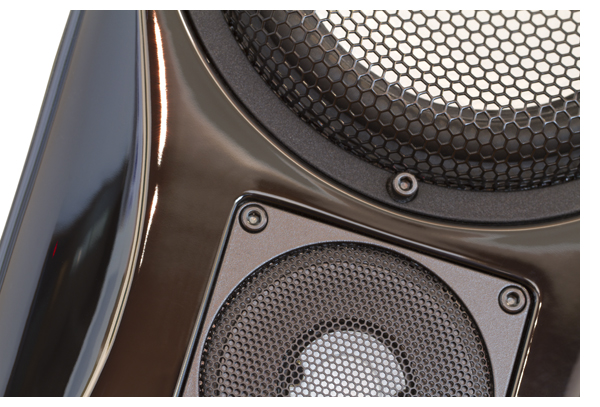
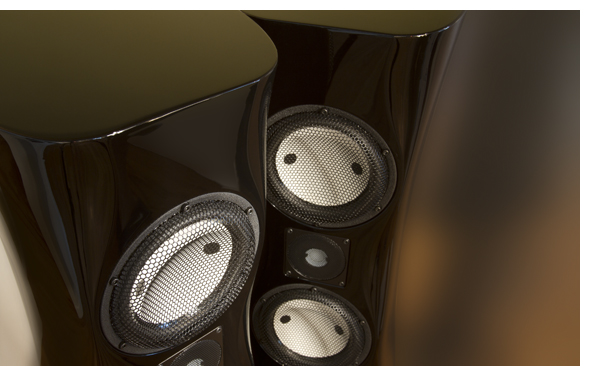
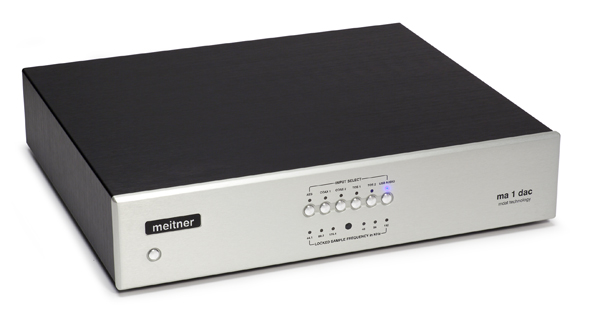
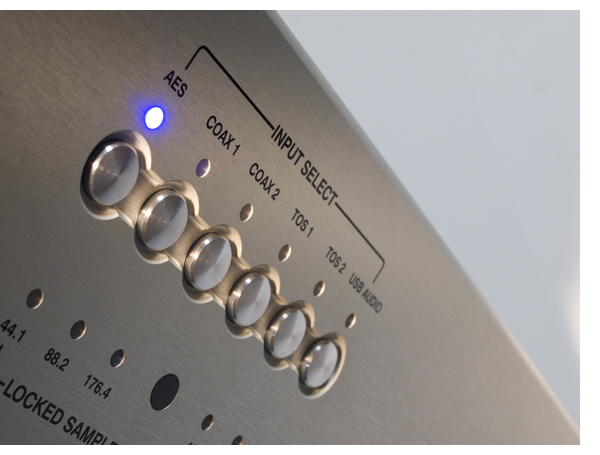
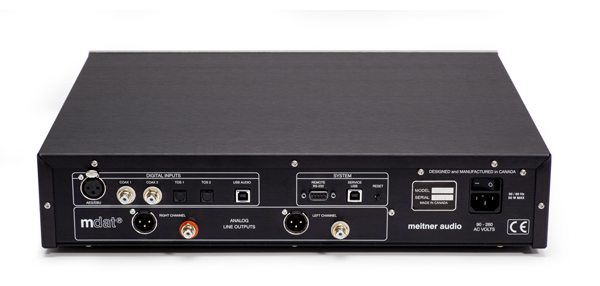
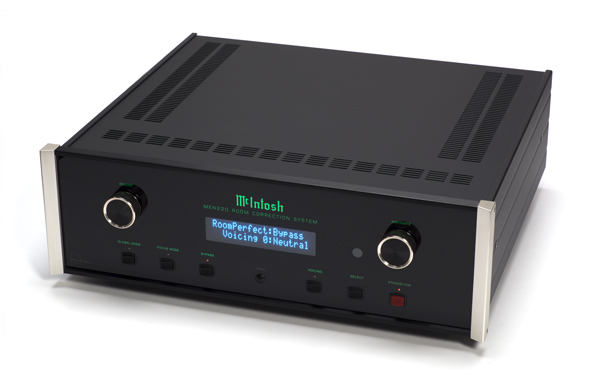
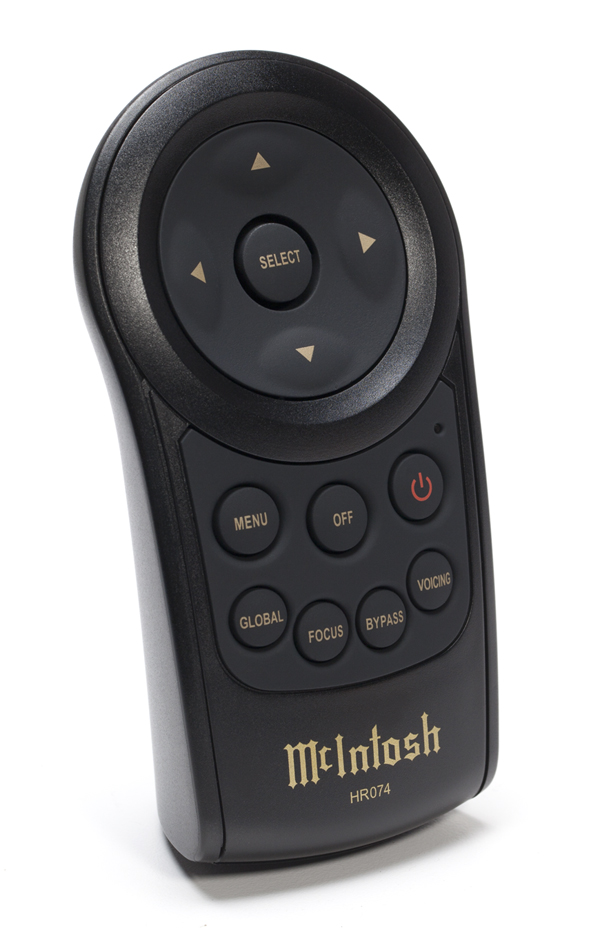
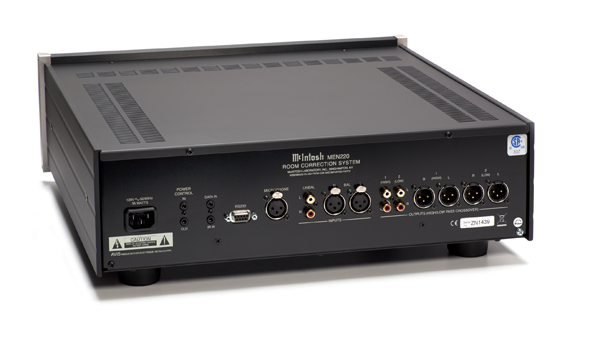
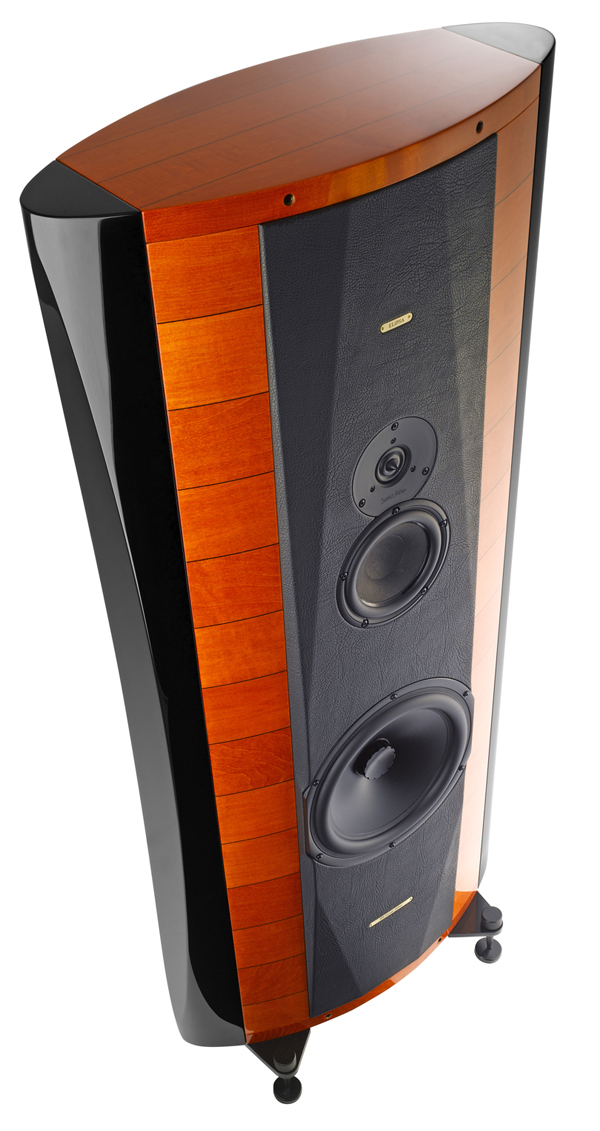
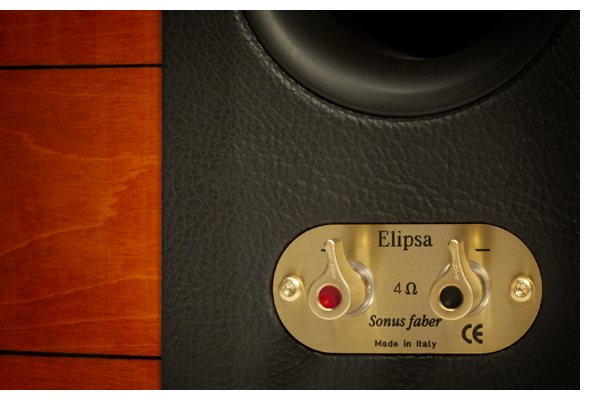
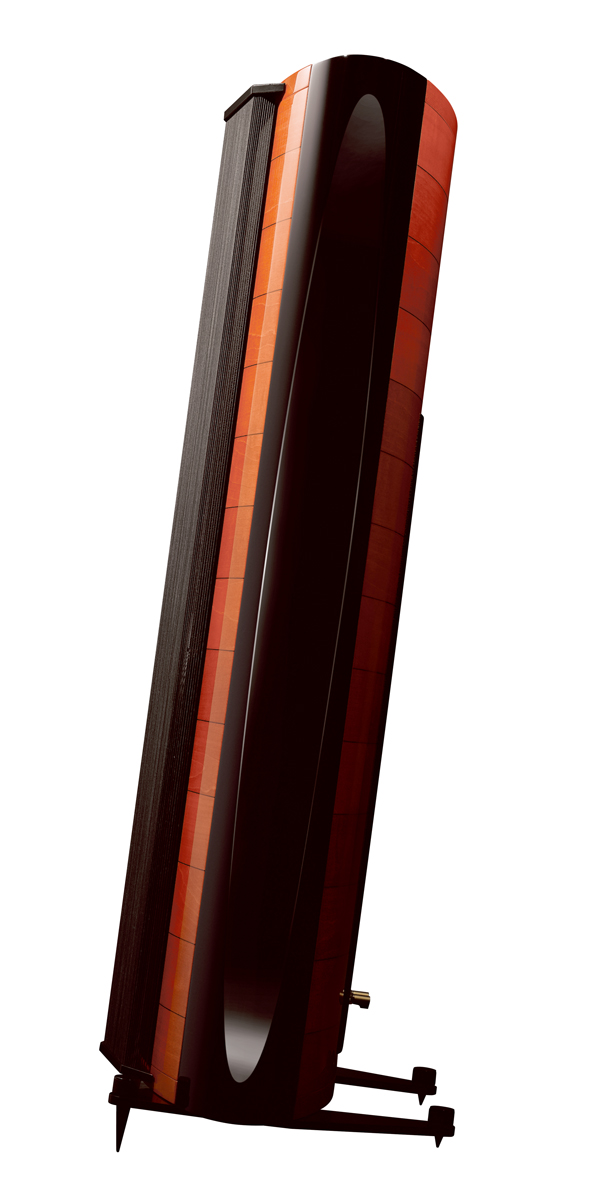
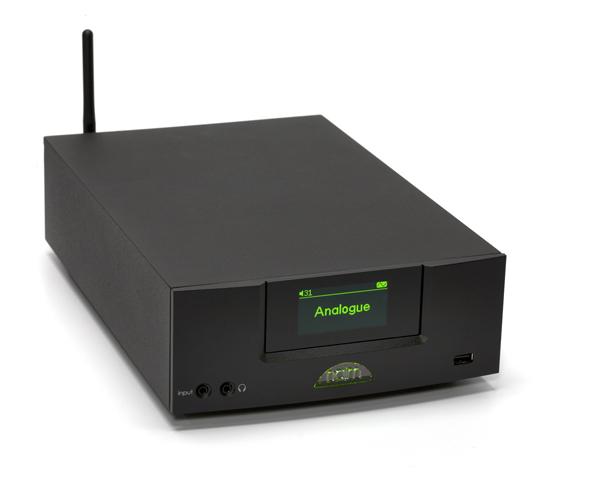
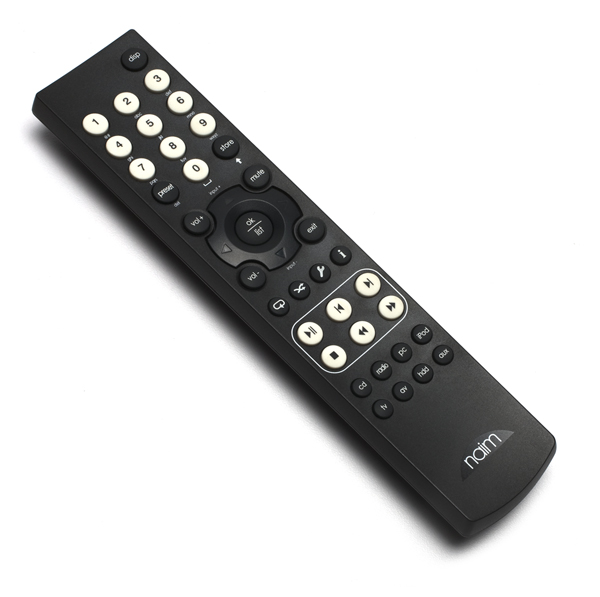
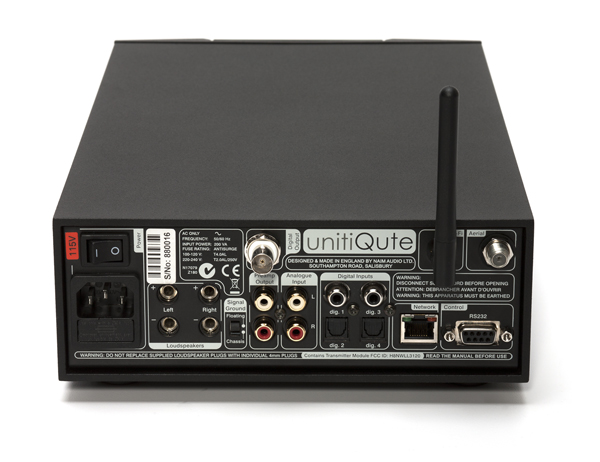
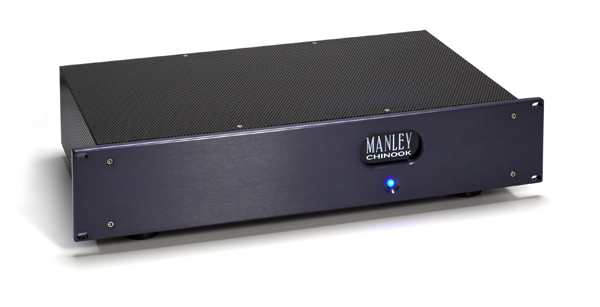
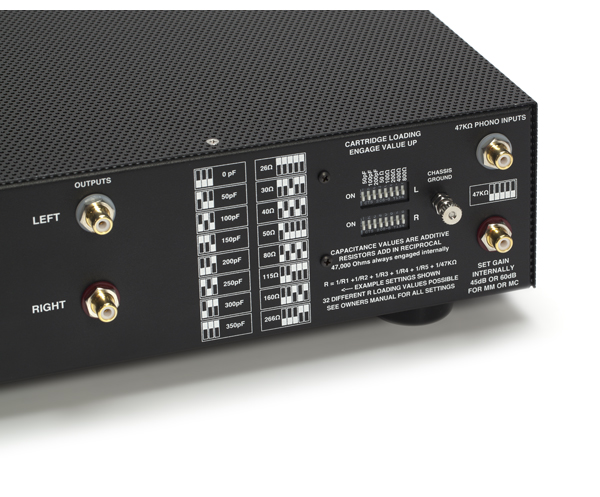
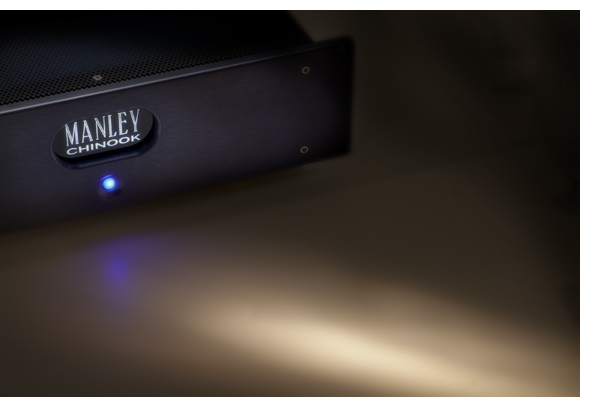
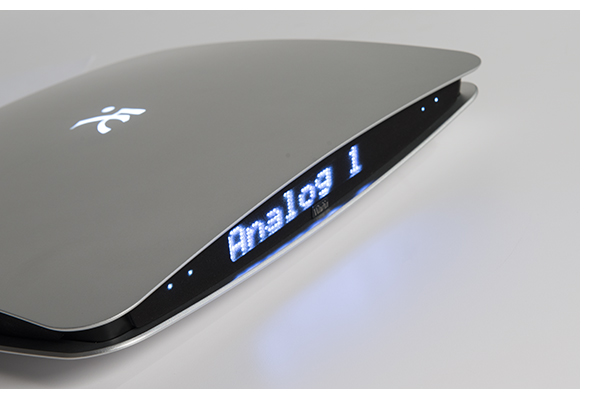 Thankfully, using the words “lifestyle” and “high fidelity” in the same sentence no longer makes you want to run for cover or the shower.
Thankfully, using the words “lifestyle” and “high fidelity” in the same sentence no longer makes you want to run for cover or the shower.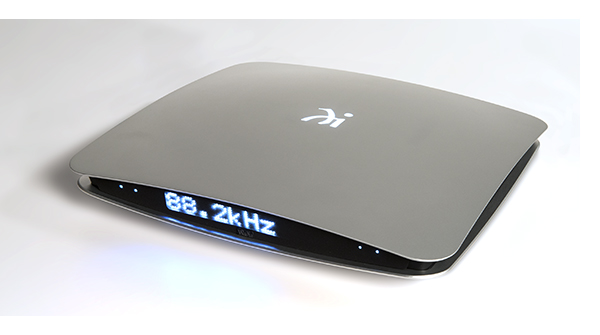 Power to spare
Power to spare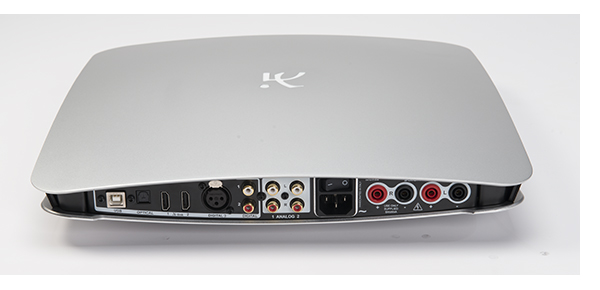 Great everywhere
Great everywhere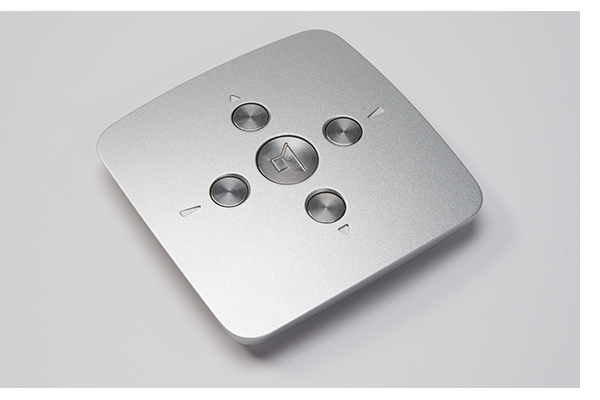 Could be more intuitive
Could be more intuitive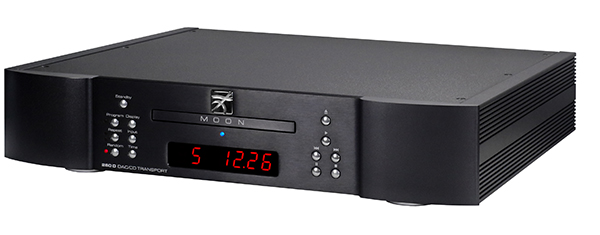 Simaudio Ltd. announces a very cool way to approach CD playback.
Simaudio Ltd. announces a very cool way to approach CD playback.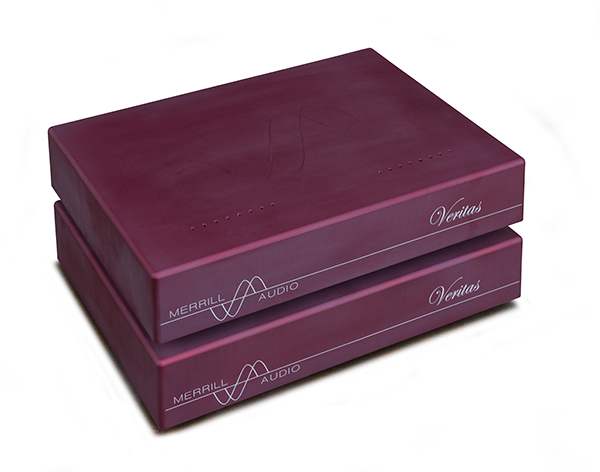 Based in Bernardsville, NJ, Merrill Audio was formed in 2010 by Merrill Wettasinghe, a lifelong audiophile and former HP executive with a background in R&D.
Based in Bernardsville, NJ, Merrill Audio was formed in 2010 by Merrill Wettasinghe, a lifelong audiophile and former HP executive with a background in R&D.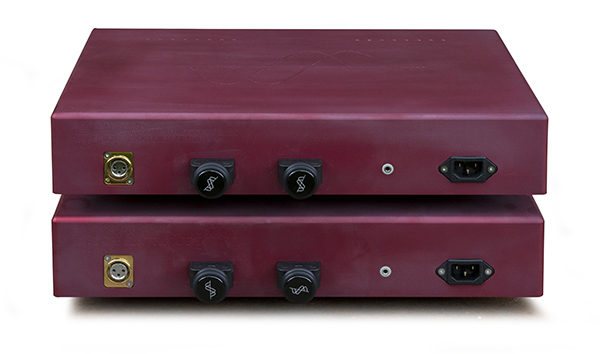 Listening:
Listening: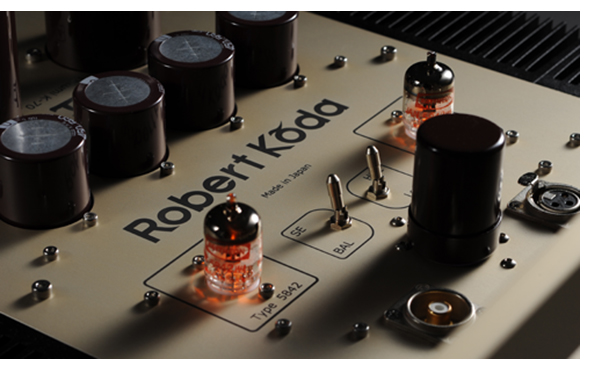 Audioarts NYC proprietor Gideon Schwartz is proud to announce that they will now be the official US importer and distributor for Robert Koda products.
Audioarts NYC proprietor Gideon Schwartz is proud to announce that they will now be the official US importer and distributor for Robert Koda products.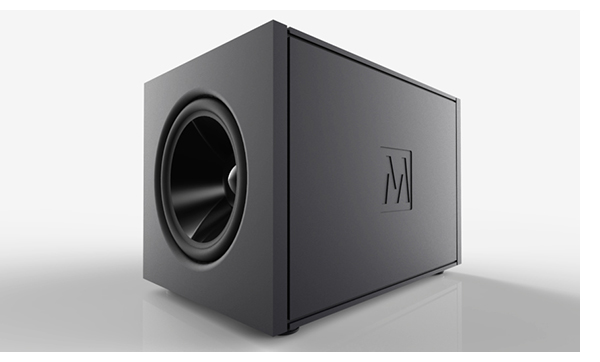 Magico, known for their highly innovative aluminum speaker enclosures, brings their technological expertise to the subwoofer segment for the first time, with their Q-Sub 15 ($22,000) and Q-Sub 18 $36,000).
Magico, known for their highly innovative aluminum speaker enclosures, brings their technological expertise to the subwoofer segment for the first time, with their Q-Sub 15 ($22,000) and Q-Sub 18 $36,000).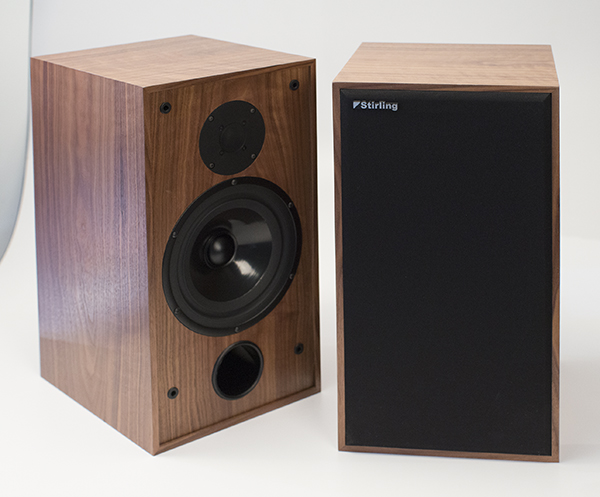 We’ve just received the new SB-88 compact monitor from Stirling Brodcast and it is a stroke of understated excellence.
We’ve just received the new SB-88 compact monitor from Stirling Brodcast and it is a stroke of understated excellence.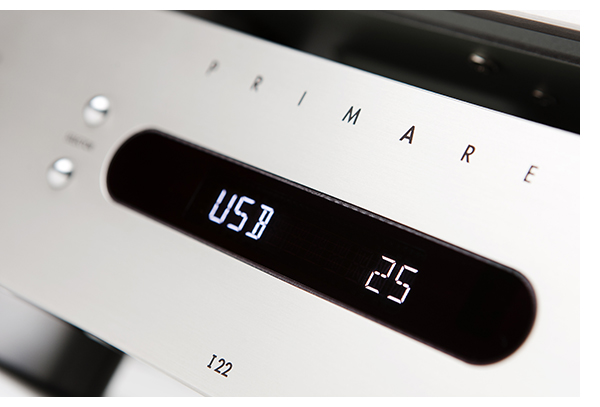 Incorporating a DAC inside an integrated amplifier has been going on for some time now, with mixed results, and the Primare I22 is a product arguably aimed more at the music lover who likes to keep things simple.
Incorporating a DAC inside an integrated amplifier has been going on for some time now, with mixed results, and the Primare I22 is a product arguably aimed more at the music lover who likes to keep things simple.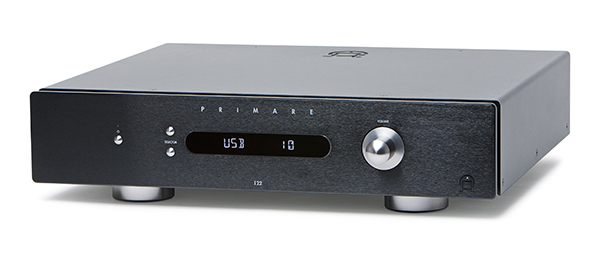 The ins and outs
The ins and outs Like every other Class D amplifier we’ve tested, the I22 does respond incredibly well to an upgraded power cord and line conditioning. Adding a power cord and the EVO 3 line conditioner from ISO TEK removes a layer of glare and cloudiness that you might mistake for the sonic signature of the amplifier, giving the I22 an even smoother, more natural sound.
Like every other Class D amplifier we’ve tested, the I22 does respond incredibly well to an upgraded power cord and line conditioning. Adding a power cord and the EVO 3 line conditioner from ISO TEK removes a layer of glare and cloudiness that you might mistake for the sonic signature of the amplifier, giving the I22 an even smoother, more natural sound.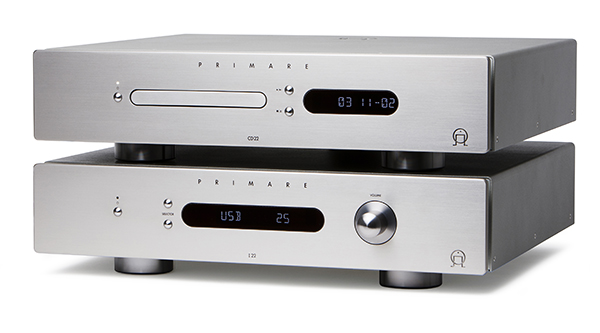 Simple, stylish, sonic excellence
Simple, stylish, sonic excellence